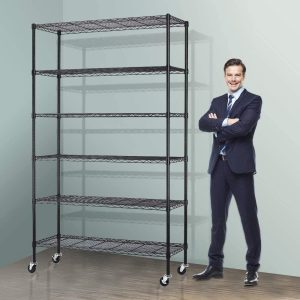Pasture Seed Genetics – Unlocking the Secrets of Resilient Forage Crops
Pasture seed genetics play a vital role in the development of resilient forage crops, which are essential for sustaining livestock and promoting environmental sustainability in agriculture. In a world facing challenges like climate change and increasing food demands, understanding and harnessing the genetic potential of forage crops is of paramount importance. This article delves into the significance of pasture seed genetics and how it contributes to the development of robust and resilient forage crops.
Resilience in Forage Crops
Forage crops are primarily used as livestock feed, and their resilience is critical in ensuring a stable and nutritious food supply. Resilient forage crops are capable of withstanding various environmental stressors such as drought, pests, and diseases. They can also thrive in a range of soil conditions. The resilience of these crops significantly reduces the need for chemical inputs, conserving resources and minimizing the environmental impact of agriculture.
The Role of Genetics
Pasture seed genetics is central to developing resilient forage crops. Genetic diversity, selection, and breeding are key aspects of this endeavor. Genetic diversity provides the foundation for adapting to changing environmental conditions. By selecting and breeding for desirable traits, such as drought tolerance, pest resistance, and improved nutritional content, researchers can develop forage crops that thrive in challenging conditions and provide better nutrition for livestock and get more information at https://www.dkseeds.com/pasture.
Drought Tolerance
Drought is a significant concern in agriculture, with climate change exacerbating water scarcity in many regions. Pasture seed genetics can unlock the secrets of drought tolerance by identifying specific genes that allow plants to conserve water, adapt to reduced rainfall, and continue to grow even in arid conditions. These genes can then be integrated into breeding programs to develop drought-resistant forage crops, which are essential for ensuring livestock have access to food during periods of water scarcity.
Pest and Disease Resistance
Pests and diseases can devastate forage crops, leading to reduced yields and the need for chemical interventions. Pasture seed genetics enables the identification of genes responsible for natural pest and disease resistance in some plant varieties. By incorporating these genes into breeding programs, researchers can develop forage crops that are less susceptible to such threats. This not only reduces the need for pesticides but also promotes environmental sustainability.
Nutritional Improvement
Forage crops are a primary source of nutrition for livestock. By using pasture seed genetics, researchers can improve the nutritional content of these crops. For example, they can increase protein content, which is essential for animal growth and health. Enhanced nutritional content in forage crops not only benefits livestock but also contributes to more sustainable and efficient animal agriculture.
Environmental Benefits
Resilient forage crops resulting from pasture seed genetics offer numerous environmental benefits. Reduced pesticide and herbicide use, as well as decreased water requirements due to drought tolerance, contribute to a more sustainable agricultural system. Furthermore, these crops can be used in agroforestry and silvopastoral systems, which help sequester carbon and reduce greenhouse gas emissions. Pasture seed genetics is a powerful tool in developing resilient forage crops that are vital for sustainable agriculture.

